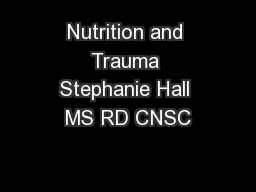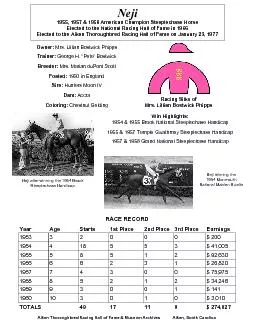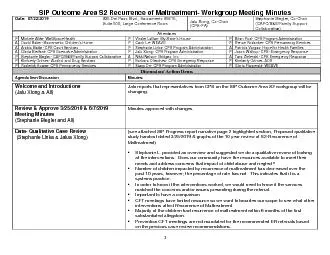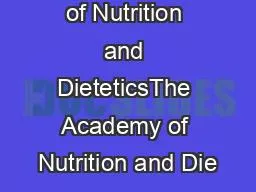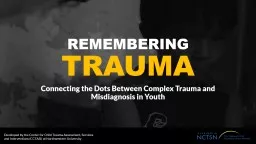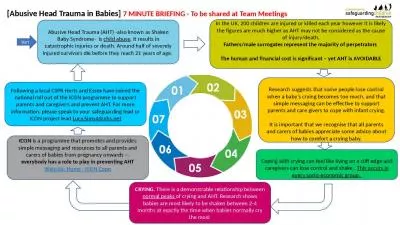PPT-Nutrition and Trauma Stephanie Hall MS RD CNSC
Author : alexa-scheidler | Published Date : 2018-12-26
North Shore University Hospital A multidisciplinary team of professionals act to save a life The main goal is preservation of organ function Fluids Medication Surgery
Presentation Embed Code
Download Presentation
Download Presentation The PPT/PDF document "Nutrition and Trauma Stephanie Hall MS R..." is the property of its rightful owner. Permission is granted to download and print the materials on this website for personal, non-commercial use only, and to display it on your personal computer provided you do not modify the materials and that you retain all copyright notices contained in the materials. By downloading content from our website, you accept the terms of this agreement.
Nutrition and Trauma Stephanie Hall MS RD CNSC: Transcript
Download Rules Of Document
"Nutrition and Trauma Stephanie Hall MS RD CNSC"The content belongs to its owner. You may download and print it for personal use, without modification, and keep all copyright notices. By downloading, you agree to these terms.
Related Documents

